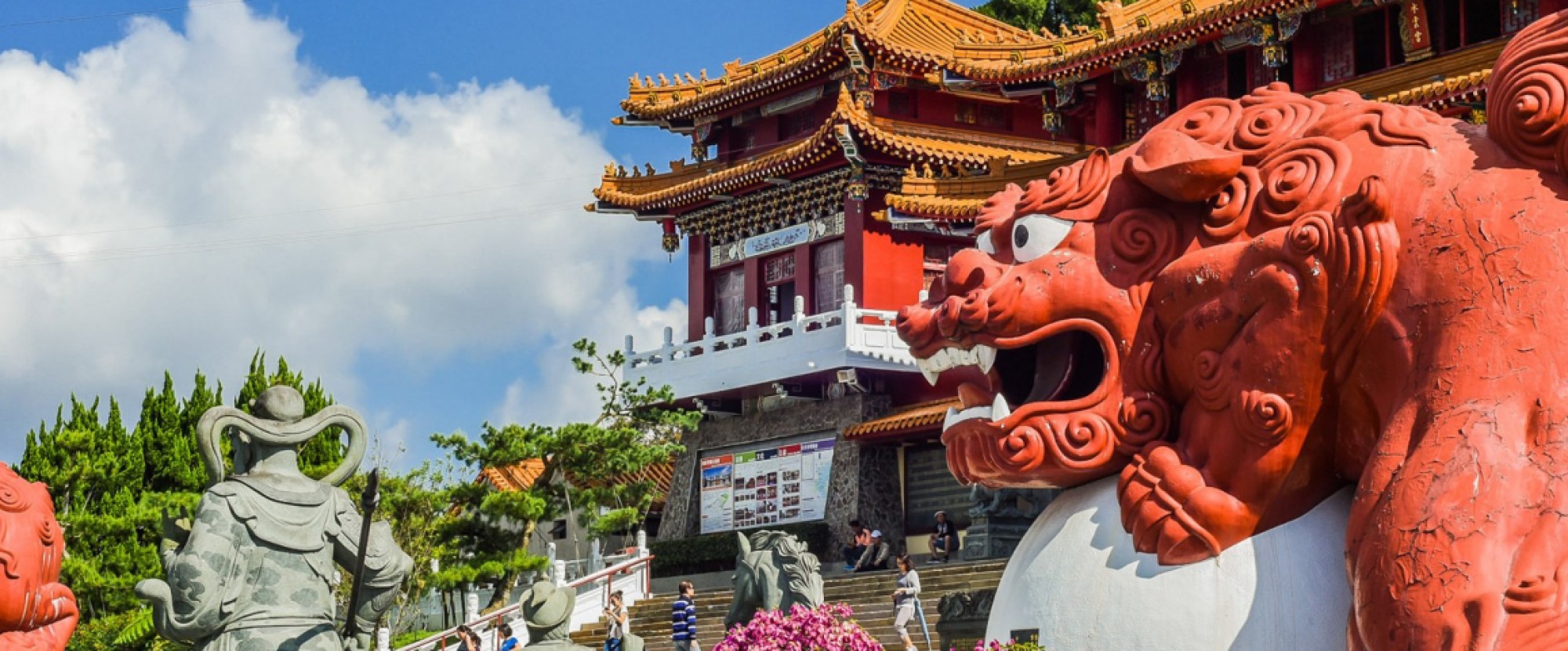

While Zóbel’s play on colour and strokes can be interpreted differently, he had once been quoted talking about the emotion in his approach.

Although some works evoke a calming feel with their soft, even brushstrokes, others are created that feel quite tense, with sharp, dark, crisscrossing lines against a light backdrop. His art style, abstractionist, was inspired by Mark Rothko, but although Rothko is famous for vibrant colours, Zóbel’s artwork has been mostly done in blacks, whites, blues, and greys. He had suffered health problems since childhood, lost his father to an infection, and lived through political turmoil both in Spain and in the Philippines. See Also: A Look Back at Anita Magsaysay Ho: Her Life, Art, and Philosophiesĭespite Fernando Zóbel’s prolific background as kin of the prominent Zóbel de Ayala family, one can guess, from his biography, that his life was far from easy. I know very well the strength, hard work and quiet dignity of Philippine women, for I am one of them.”

I regard them with deep admiration and they continue to inspire me-their movements and gestures, their expressions of happiness and frustration their diligence and shortcomings their joy of living. She says: “In my works, I always celebrate the women of the Philippines. In Alfredo Roces’ In Praise of Women, published in 2005, Magsaysay-Ho talks about why women are her subject of choice. They are more often than not surrounded by nature, harvesting crops, selling fish, or sheaving grain. Magsaysay-Ho portrays women with high cheekbones, slanted eyes, and beautiful morena skin.

However, her personal signature is independent of her famous teacher and lies not just in her style but also in her subjects which most notably are women at work. She was the pupil of Fernando Amorsolo, whose influence can sometimes be seen in her landscape artworks such as Fish Harvest At Dawn and Three Women In A Landscape. Either way, there is no doubt that the “ Spoliarium” is a true obra maestra by one of the country’s most enigmatic personalities.Īnita Magsaysay-Ho, a first cousin to former president Ramon Magsaysay, is one of the Philippines’ pioneering modernist painters. After all, the scene is set within the context of the European battle and was completed by 1884, before his service with the Philippine revolutionary government in 1898. While most are of the opinion that the “ Spoliarium” is a political commentary on the Spanish government in the Philippines, one may also guess that Luna’s turbulent personal life, as well as his European education and cultural integration, had inspired the work. Trained in Spain, Luna mastered the art of classical style at the Real Academia de Bellas Artes de San Fernando. The scene of the painting is at the Roman spoliarium, the basement of the Colosseum where dead gladiators are brought and stripped of their worldly possessions. At almost eight metres tall, Juan Luna’s imposing depiction of a battle lost is sombre and striking. The Spoliarium stands majestically at the forefront of the National Museum.


 0 kommentar(er)
0 kommentar(er)
